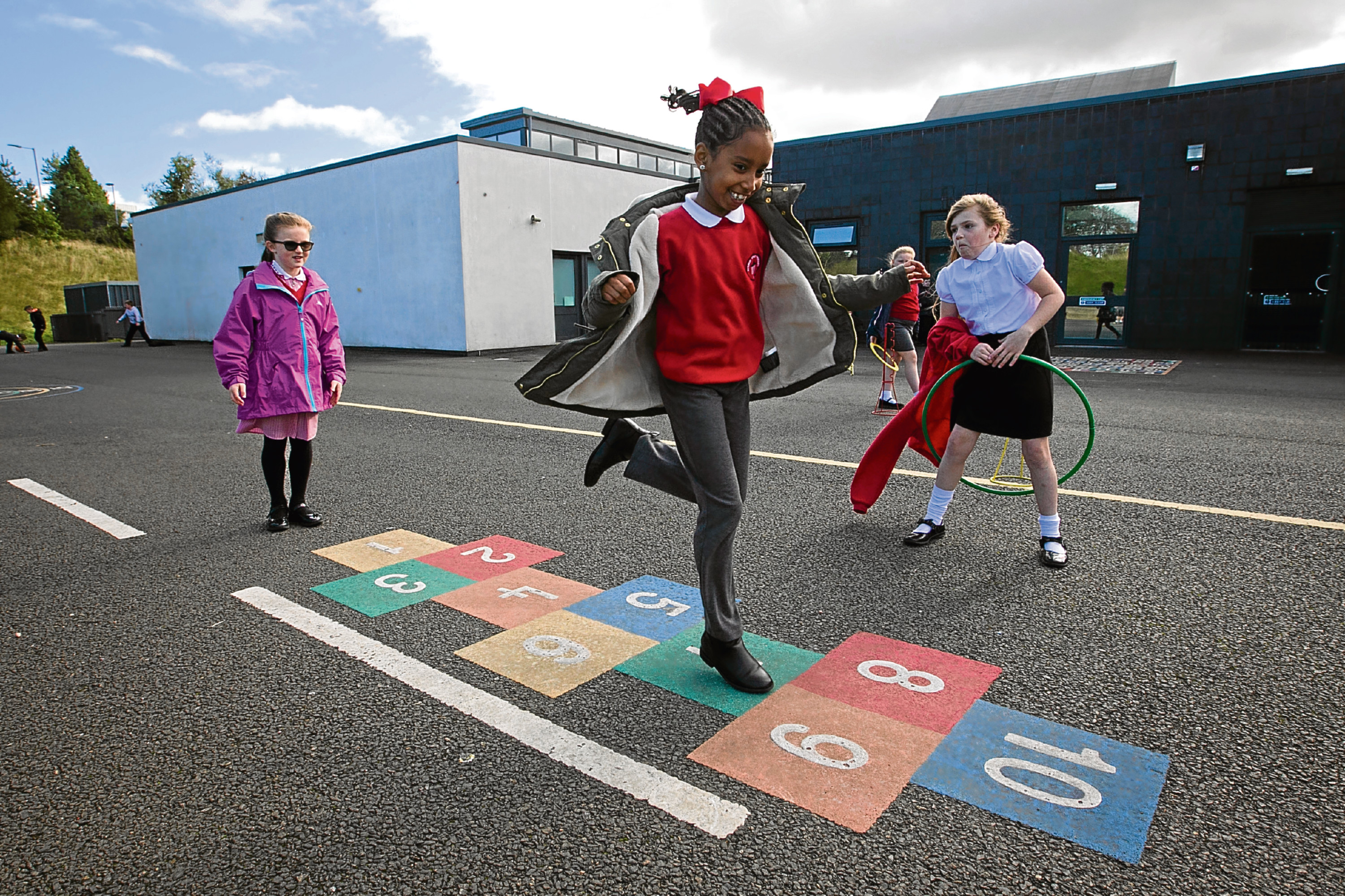
More than a quarter of British schools, nurseries and colleges are in areas with “dangerously high” levels of pollution, analysis suggests.
Research found 8,549 educational institutions in England, Wales and Scotland – some 27% of the total – are in areas where the background level of tiny particle pollution known as PM2.5 exceeds international guidelines.
The research commissioned by Asthma UK and the British Lung Foundation compares the location of schools, nurseries and colleges with annual PM2.5 levels in those areas, in 2019, before the impact of lockdown.
The analysis, carried out by Cambridge Environmental Research Consultants, highlights how many establishments are in areas where PM2.5 pollution exceeds World Health Organisation (WHO) guideline limits – which are stricter than UK rules.
Some of the highest levels of PM2.5 could be found in Portsmouth, London, Gillingham, Camberley, Chatham and Slough, which all had schools in areas above the WHO guidelines.
Liverpool, Manchester and Birmingham all have individual schools in areas well above the guideline values, Asthma UK and the British Lung Foundation said.
Air pollution contributes to tens of thousands of early deaths in the UK each year, is associated with lung disease and cancer and can trigger conditions such as asthma. It also affects the development of children’s lungs.
Asthma UK and the British Lung Foundation want to see the Government commit to safer new legal limits for PM2.5 in the Environment Bill that are in line with WHO guidelines.
Harriet Edwards, senior policy and project manager for air quality at Asthma UK and the British Lung Foundation, said: “It’s alarming that thousands of children are going into schools where dangerously high air pollution levels could be putting their health and futures at risk.
“There are no safe levels for air pollution, we need to get levels as low as possible and it’s vital the Government commits to ambitious new targets in line with the best available science from the WHO.
“Covid-19 has reinforced more than ever the importance of healthy lungs and it’s our responsibility to ensure the next generation has clean air to breathe.”

Enjoy the convenience of having The Sunday Post delivered as a digital ePaper straight to your smartphone, tablet or computer.
Subscribe for only £5.49 a month and enjoy all the benefits of the printed paper as a digital replica.
Subscribe